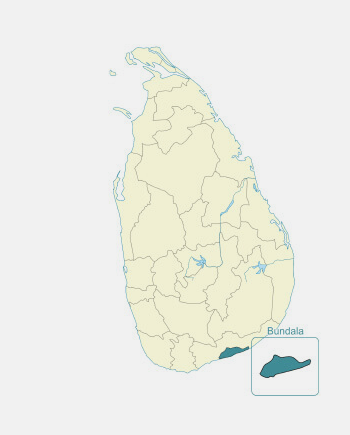Bundala National Park
Want to know more about places to visit in Sri Lanka?
Our award winning travel specialists are available to help you now
Our Partners











































Sign up to receive the latest news and exclusive offers!
Thank you for subscribing to our newsletter!
Something went wrong.
Please try again!
